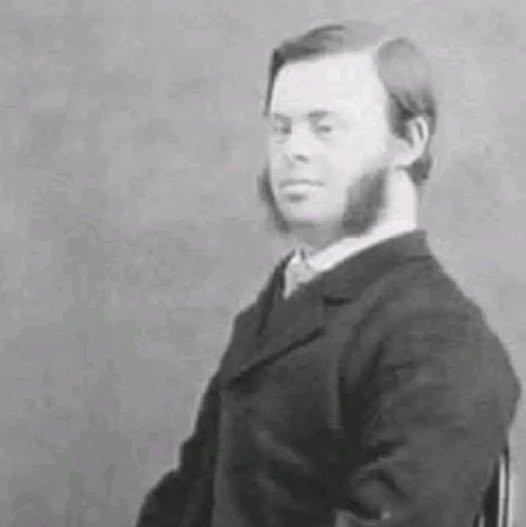Down syndrome got its name from John Langdon Down, a British doctor who first described the condition in 1866. Langdon Down started working as the main doctor at Earlswood, a place that helped people with learning and development problems.
Even though he hadn’t worked with people with these problems before, Langdon Down really cared about them. When many people didn’t think much of them, he saw that they deserved respect and was angry about how badly they were treated. Back then, places like Earlswood often used punishment, had poor cleanliness, and many people died.
Dr. Langdon Down wanted to make things better, so he made big changes. He hired new workers, made sure everyone was well cared for and clean, stopped punishment, and gave the patients things to do like crafts and hobbies. He also took careful and kind photos of his patients, showing them dressed nicely and looking their best. He used these photos, along with his descriptions of Down syndrome, to explain what the condition looked like and other important health details. He collected over 200 photos.
In 1868, Langdon Down did something even bigger: he bought a large house for people with Down syndrome to live in.
It was more than just a facility; it was a place designed for top-notch comfort and cleanliness. People living there got personalized schooling and learned things like horseback riding, gardening, making things, and other artistic hobbies. To make their lives even better, the doctor added a small stage to the big house, which helped them grow artistically and socially.
This building, called Normansfield, is still around in the UK. Now it’s called The Langdon Down Centre and includes the Normansfield Theatre, keeping alive the memory of the kind and thoughtful care started by John Langdon Down.
